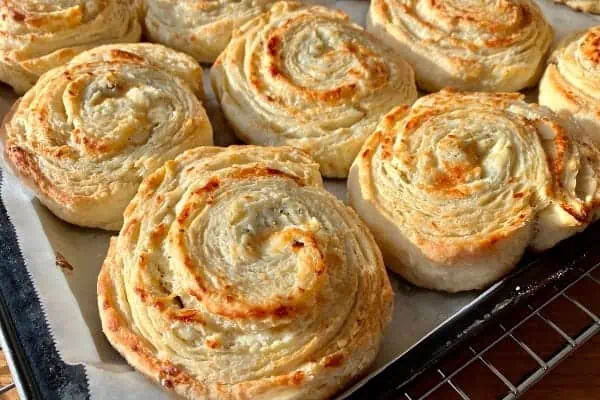I’m always interested whether when people choose the foods for dinner first, and then select accompanying wines, or vice versa. I use both methods.
Several weekends ago my partner and I hosted a cheese fondue in honour of a friend’s birthday. The recipe called for a white wine to melt the cheese. We don’t really have any Swiss wines at the Yukon Liquor Corp. (YLC), so I thought I’d look at the German and Austrian options.
I have found that Yukoners are really red wine fans rather than white wine drinkers, so I also looked for reds to go with the melted cheese concoction.
The soft and buttery taste of Swiss gruyere and Emmentaler cheeses really calls for a soft red wine – something more delicate and fruity than cabernet sauvignon, malbec or shiraz. Luckily, I am particularly enthusiastic about the current crop of pinot noirs, Canadian included.
In September I visited the Okanagan Valley in British Columbia for the first time. I went down expecting to find some decent wines, but was blown away.
One of the most famous producers — not quite of the scale of Mission Hills, but every bit as good — is Quail’s Gate. This winery is located across the lake from Kelowna, with a beautiful vista looking over the lake, and a wonderful tasting room.
While nowhere near as majestic and cathedral-like as the Mission Hills establishment at the top of the hill, Quail’s Gate has a comfortable scale to it that makes it far warmer and more inviting.
Happily, there’s a good representation of Quail’s Gate wines in Whitehorse, so I looked at several choices to serve with the cheese fondue. Quail’s Gate offers a very good pinot noir for $26.95, and their dry Riesling is very reasonably priced at $18.95.
We thought it would be fun to try a few different wines of each style, so I looked for a German Riesling to compare to the British Columbian version, and then picked up my go-to pinot, the Oregon Underwood Cellars Pinot Noir ($20.35).
Each wine in the YLC store has a sweetness rating from a low of zero (bone dry), to a high of five (very sweet, syrupy wine). Rieslings can span the entire scale so consider what you are serving when you choose your level of sweetness. I wanted a zero or one, with floral and fruity notes to contrast the buttery texture and flavour of the fondue.
For spicier food, like Indian or Mexican, you might consider a sweeter Riesling — two or three. There are also late harvest Rieslings that can be 4 or 5.
We chose a Dr. Loosen Villa Wolf Riesling for $18.35 with a zero sweetness rating. Loosen wines are consistently good.
We served all four of the wines, comparing the two pinot noirs and the two Rieslings. It was great fun to test the two Canadian wines from the same vineyard against a world-class Oregon wine and a Riesling from the area of Germany renowned for those wines.
Two of us preferred the Oregon Underwood pinot noir. I liked its subtlety and softness and delicacy and bouquet, but others preferred the more robust and intense Quail’s Gate alternative.
The Quail’s Gate Riesling had definite notes of citrus, almost reminiscent of a sauvignon blanc from New Zealand, while the German Riesling was more delicate, perhaps slightly sweeter with pear notes; no citrus.
Both the red and the white worked with the cheese fondue, and within each pair of reds and whites there was tremendous variation from the same grapes, grown in three different locations around the world.
I love this compare-and-contrast approach. Invariably you get different opinions, and you come away knowing that you prefer one wine to another. It’s always a learning experience.




